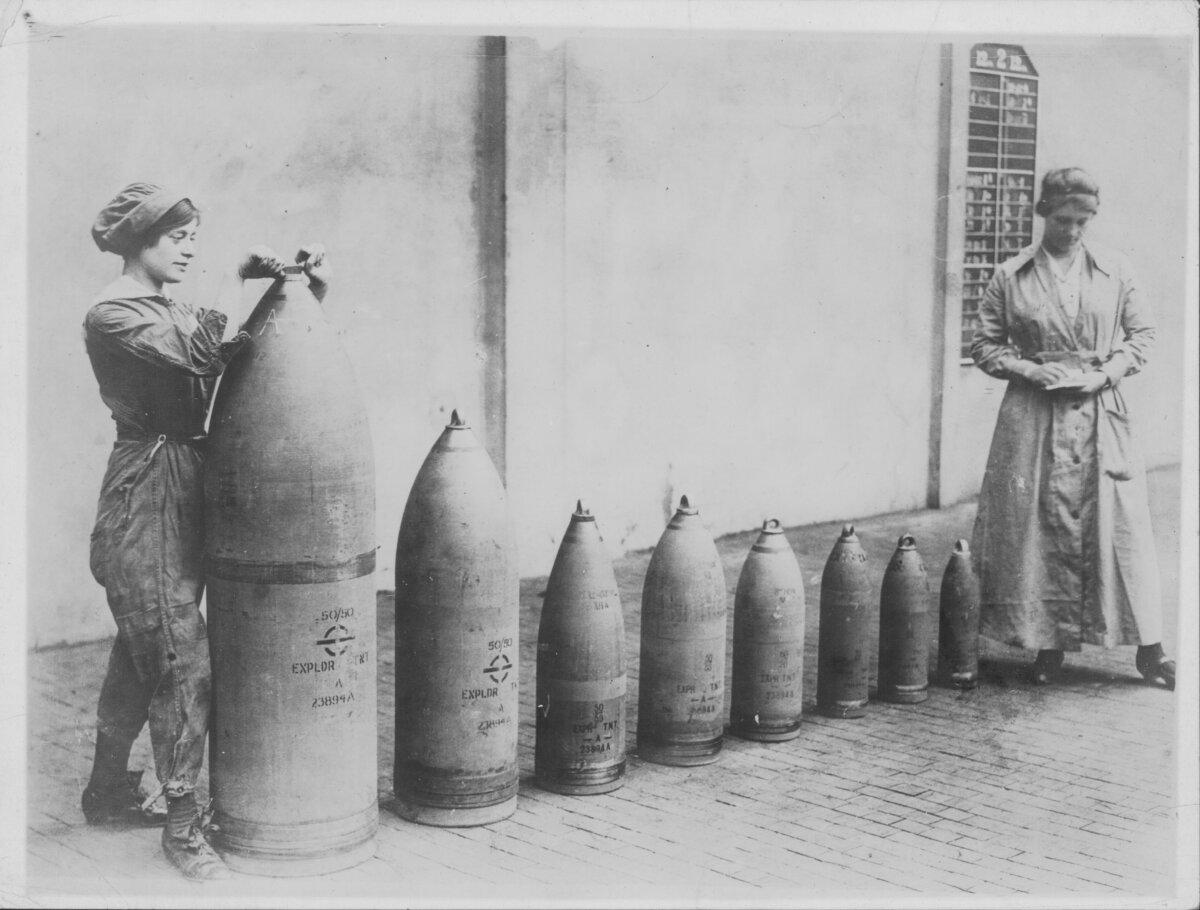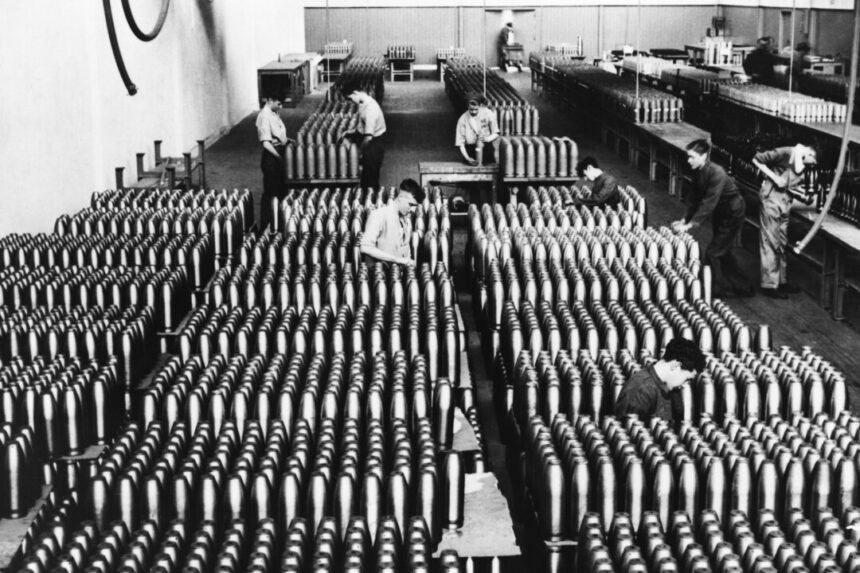Commentary
Earlier this year, a meme emerged that lots of men were thinking about the fall of Rome. It is very likely true. I was certainly thinking about it, as inflation raged, decadence and dependence swept the population, criminality took over cities, and immigration created the feeling of a nation being sacked.
But we should stop our historical reflections there. The bigger picture about the gradual fall of civilization certainly must look more recently in time to the Great War, later dubbed World War I, that ended a century and six years ago. It was a turning point in politics, art, migration, economics, science, and every other area of life.
The old empires died the death and new ones emerged, carved out of the remnants of what came before and entirely at the discretion of the victors. Everything else changed too.
The Great War inaugurated the era of total war, plus central planning, socialism, fascism, and the deployment of science for purposes of political manipulation. The war used all the new technologies: telephone, flight, internal combustion, steel, bomb-making, gassing, and munitions generally. The end result was not only the Bolshevik Revolution but the enslavement of the West by a new model of governance.
It was not supposed to be this way. The World’s Fairs of the many decades previously had put on display all the glorious innovations in service to human welfare. With the war, they were used with the demonic aim of human slaughter on a scale never before seen.
I was fully into adulthood before I realized that I had no real story in my head about the Great War, either how it came to be, who were the major players and why, what was at stake, and what came out of it. In this way, this war is unlike World War II, which we generally think we understand. So in search of such a story, I started reading.
That’s where the confusion began. It turns out that there is no clear and clean story. We think we know that Germany was a bad actor but that impression is mostly derived from what came later. The Kaiser (German for “Caesar”) was demonized at the time but there is plenty of reason to think that this was wildly exaggerated as useful war propaganda.
From reading, I gained a strong impression of many governments in the world anxious to try out their new fun toys on some grand adventure under whatever excuse. These new tools included central banking, the power to conscript, communication strategies, new types of weapons, poison gas, and tanks. How could they resist? They could have and should have.

These years between 1914–1918 have been on our minds lately simply because we just lived through a similar experience with the COVID lockdowns. Governments want to try out their powers, deploy new technologies, play with online learning and commerce, and attempt a wild experiment on humanity. The result was nothing but a disaster, something quite similar to the Great War.
That shift in the way we conduct statecraft was reflected in the art at the time. Please allow me a self-indulgent shift in gears over toward the serious music of the time. I’ve always used music to understand history because it is so revealing. Change was in the air, and this was reflected in the higher arts at the time.
Three pieces of the period stand out to me. They are Gustav Mahler’s “9th Symphony” (premiered 1912), Igor Stravinsky’s “Rite of Spring” (premiered 1913), and Gustav Holst’s “The Planets” (premiered 1918). Each reveals something important about the times from which we can learn.
The 9th was Mahler’s last completed symphony. He delayed writing it as long as possible because he was sure it would precipitate his death as it did for Beethoven (Mahler did write an Adagio of a 10th and some melodic sketches of later movements and then died).
Some say his 9th is his greatest. It covers all things, time and eternity in four movements of breathtaking scope and sophistication. He was only 50 when he wrote it but had lived a huge life of love, heartbreak, death in the family, a shattered marriage, and then terrible sickness, plus he endured a Europe-wide reputation as a symphonist to compete with Wagner in the realm of opera.
The 9th might be his most contemplative piece but it is packed with shattered hopes and deep torment.
The journey through time and space that this piece takes the listener on begins quietly and ends in emergent silence. Premiering before the onset of war, it serves as a reflection of the Old World and all of civilization up to that point. The piece, while sad, also offers a glimpse into the capabilities and achievements of humankind. It symbolizes the culmination of events since the fall of Rome.
The “Rite of Spring,” premiered a year later, is a stark departure from traditional music. It remains disturbing even today, with its origins in pagan ritual and human sacrifice. The piece foreshadows the impending global conflicts that would soon engulf the world, serving as a soundtrack for the transition from one chapter of human life to another, marked by bloodshed.
Gustav Holst’s “The Planets,” written during World War I, offers a more accessible musical experience for audiences. The movements in the suite capture the essence of the celestial bodies, culminating in the powerful hymn “I Vow to Thee My Country” from the movement Jupiter. The opening movement, “Mars,” portrays the harsh realities of modern warfare, setting the tone for future war themes in music.
As we navigate through the challenges of the present day, echoes of the past wars and their aftermaths serve as cautionary tales. Just as the world struggled to recover from the Great War, we find ourselves in a similar position today, grappling with the consequences of recent events. Through art and music, we may find reflections of our current state and perhaps a path towards healing and reconciliation. Please rephrase this sentence.
Source link







